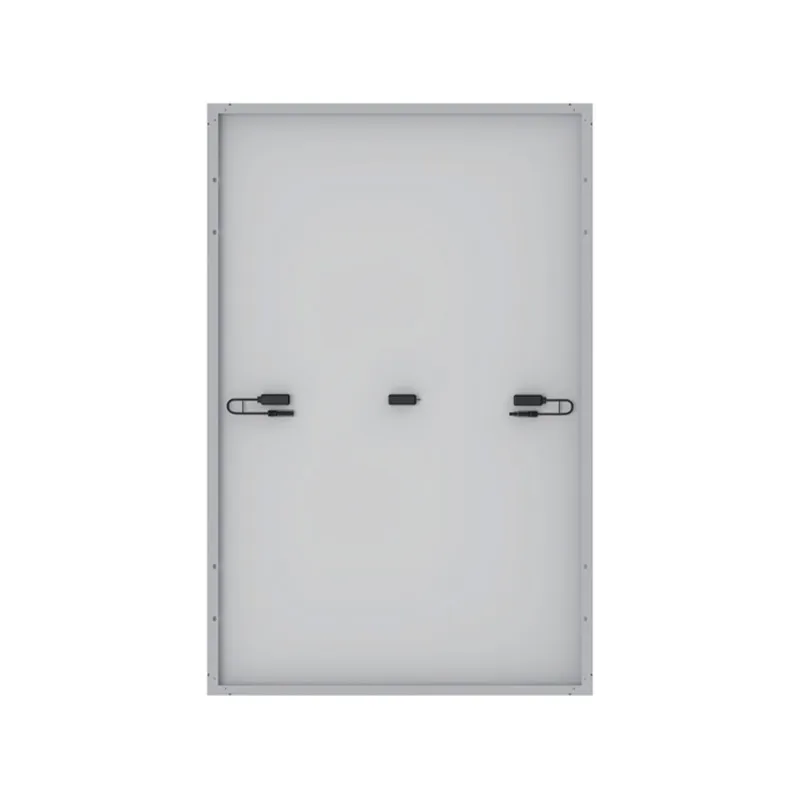Bifacial and Monofacial Solar Panels Comparison for Efficient Energy Generation
Bifacial vs. Monofacial Solar Panels A Comparative Analysis
Bifacial vs
. Monofacial Solar Panels A Comparative AnalysisMonofacial Solar Panels are the traditional type of solar panels, featuring a single layer of solar cells on one side. These panels are designed to capture sunlight directly overhead and convert it into electrical energy. They are typically less costly to manufacture, resulting in lower initial installation costs. Monofacial panels perform effectively in a variety of environments, particularly where sunlight is consistently available. However, their efficiency can be heavily impacted by shading, dirt accumulation, or obstructions that may block sunlight from reaching the cells.
bifacial vs monofacial solar

In contrast, Bifacial Solar Panels come equipped with solar cells on both sides. This innovative design allows them to harvest sunlight from both direct sunlight and reflected light from the ground or surrounding surfaces. Bifacial panels can potentially generate 10 to 20% more energy than their monofacial counterparts, depending on the installation conditions and the albedo effect of the surface beneath them. For instance, installing bifacial panels over reflective materials, like white surfaces or water bodies, can significantly boost their energy output.
However, bifacial panels can come with a higher upfront cost due to their more complex manufacturing process and technology. Installation considerations are also more critical, as their setup may require specific tilting angles and optimal placement to maximize the benefits of dual-sided sunlight capture.
In conclusion, the choice between bifacial and monofacial solar panels largely depends on individual energy needs, budget constraints, and installation site conditions. Monofacial panels may be ideal for those seeking a cost-effective solution with reliable performance, while bifacial panels offer the potential for higher energy yields, particularly in favorable environments. As technology continues to advance, both types of panels will play vital roles in the expansion of solar energy adoption, contributing to a more sustainable future.
-
Unlocking Energy Freedom with the Off Grid Solar InverterNewsJun.06,2025
-
Unlock More Solar Power with a High-Efficiency Bifacial Solar PanelNewsJun.06,2025
-
Power Your Future with High-Efficiency Monocrystalline Solar PanelsNewsJun.06,2025
-
Next-Gen Solar Power Starts with Micro Solar InvertersNewsJun.06,2025
-
Harnessing Peak Efficiency with the On Grid Solar InverterNewsJun.06,2025
-
Discover Unmatched Efficiency with the Latest String Solar InverterNewsJun.06,2025







